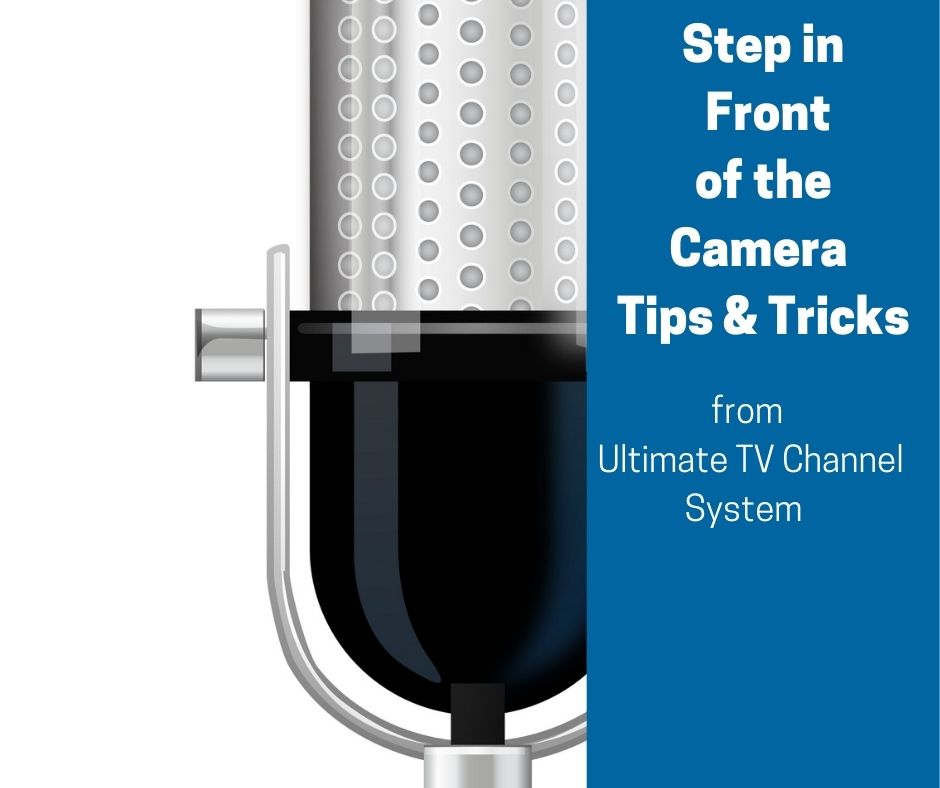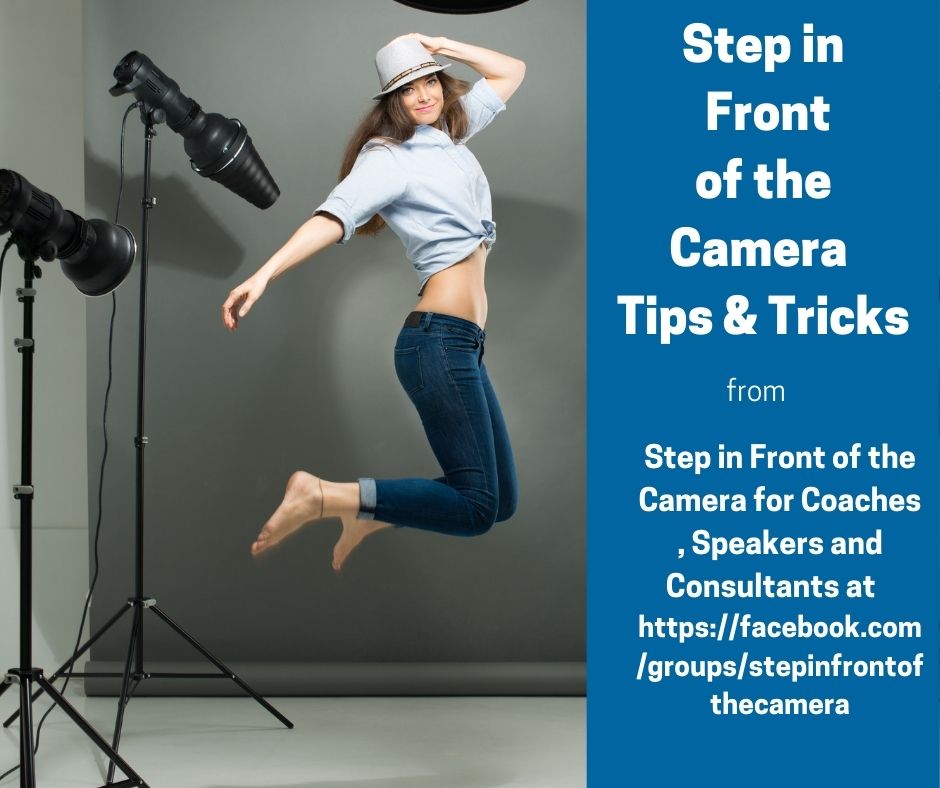Microphones for your Studio
hello? Hello. Hello. It's me again today on step in front of the camera. I'm using my ultimate tv channel system presentation system to talk to you today because I like it and it's a nice blue but let's get on with it. Okay, so I hope that you can hear me. I think this is pretty good sound I am going to be talking about sound today because sound is the most important thing for any presentation you do on any video you do and anything you do if they can hear you, they're not gonna listen to you.
So we're gonna have a look today at some of the options you can do and all obviously give you my opinion and so let's get started. Um so first off I think a lot of people think that you can use your webcam sound and you've been on broadcast where people are talking into their computer, looking into their webcam and they think this sound is sufficient.
Well, let me tell you a story. I did a presentation on tv show format for entertainment and I thought it would be entertaining to do a little bit of Shakespeare that was my first tv show and what I didn't know and now I've got it stuck on my computer is that the presentation software that I used had changed my microphone and it went and used my webcam.
So let's go and have a little listen to what was going to be the volume of the sound in this presentation experience. Yes. Well as you can see this is silly what has happened was it was picking up, I mean it's a good webcam but it picked up the sound and the sound was like half the volume as it should be.
So this is what I would have to have done and I don't recommend it every time that I used it I would have to use either Audacity, the free software that changes the volume and the sound of your sound. And you know it's great software, we'll talk about it another time because when we're editing but you don't want to when you you don't want to have to edit so you don't have to want to have to use Camtasia or audacity to improve your sound, you want your sound to be the best it is when you do your video.
So that's my opinion. Anyway and so let's have a look at some of the microphones that you can use because we don't want to do the webcam. Sorry let's just turn that webcam sound off, you know how to do it. We want a microphone and basically there are some great microphones that are really reasonably priced if you're doing presentations where you're sitting.
Well I'll give you three choices and then if you want to be a person who's standing and doing activities and doing some teaching and then I'll show you the other one that you could use but I think that one that we'll talk about that one later. But anyway, so so my secret weapon as we all know if we're smart is my blue Yeti and we'll talk about the blue yeti later as to tips on how to make the sound great.
Sorry, I'm probably ruining the sound right now. So the Blue Yeti is just so reasonable and such good quality pride, such good quality. It's got its professional sound and all you have to do is plug it into your computer. And you know, I love it.
The other choice you can do of course is the blue Snowball, which is also quite reasonably priced and it's a USB mic and you can use it for the pc and Mac, just like the blue yeti and I'm sure it's just as good. But I'll tell you one thing that I like about my blue yeti, which doesn't show on this blue yeti.
Oh yeah it does. It has, it has a stand because I'll tell you my other choice which is professional quality and actually quite reasonably priced is the audio technica, which does not have a stand. And I had Audio Technica to begin with and it was a great sound. But I kept dropping it onto the floor from the stand.
And so now I have an old audio technica with a very loose little wire in the bottom of it. And so once the sound starts crackling and it's caused by the microphone, it's time to get a new microphone. So yeah, what I love about the Blue Yeti is it's got a nice solid stand that you can use now. Of course.
I also liked the Audio Technica because I had an overhead stand that I could put it in and move it around until I got the best sound. Um whereas I'm fairly limited with my blue yeti as to where I can place it, but it picks up sound so well and we'll talk about that another time. You know, I really don't have any problem with it. Okay, so for those of you who want to move around, of course there's the lavelier mike. you put just like professional reporter, you put them on your lapel of your jacket and you of course um can use them quite well and they have good quality sound.
I don't know about this one because it's so cheaply priced, but this one would be for interviews as well, it even has the wind muff if there's wind to stop the wind affecting the sound. I bought a set myself but with the pandemic, I realized that, of course, I won't be interviewing anybody, so I haven't really used it and I get it out of the kit, but it's not really much point because you want to have something that a studio that's all set up, you know, it's all set up, it's ready to go.
All you have to do is turn on your lights, you know, make sure your microphones on, which I haven't done sometimes. And who knows? Maybe this one I don't have the microphone on. But and also, you know, check that it's the micro proper microphone and just get recording.
So, you know, this is the important thing is sound and we're gonna be talking about the microphone in more detail next time.
Microphones for your Studio Read More »

